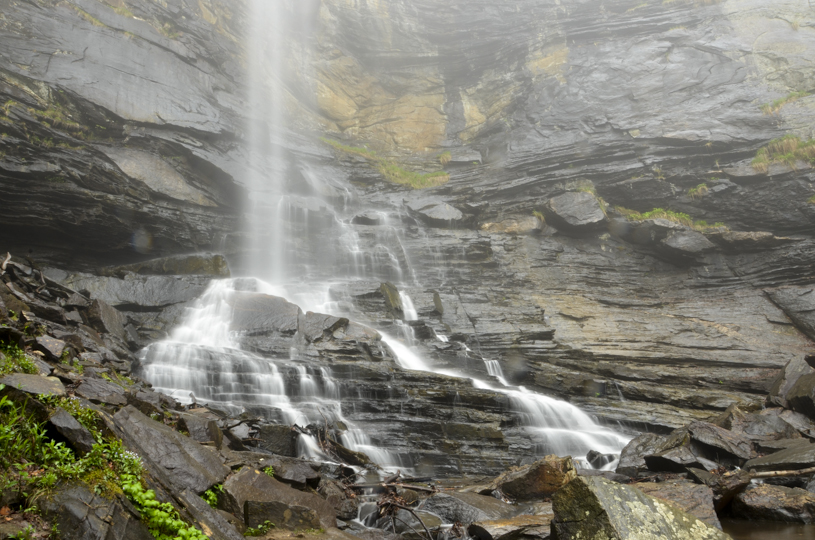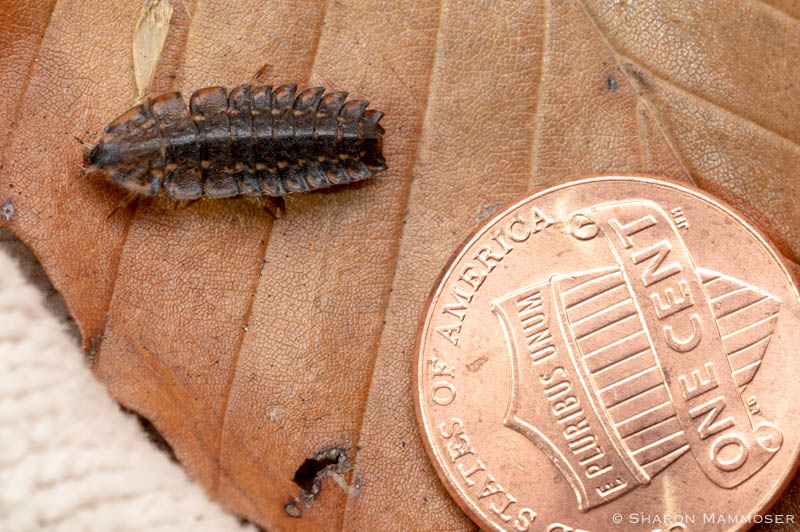Everyone knows that fireflies flash in the night. Probably many of us remember fondly being a child and running around on a dark night, catching the tiny insects and putting them in a jar, fascinated to sit and watch the flashes. Is there anyone out there who has never seen a firefly? It’s also probably true that most people know that fireflies are insects, and that they glow, or can produce light. Here are ten things you may not know about fireflies.
I think I will surprise most people with what I have to say next. Want to learn about the secret lives of fireflies? Then come with me as I venture into the darkness, looking for, and finding all kinds of common things most people never see.
First off, did you know fireflies spend most of their lives underground, or in the leaf litter? Some are even aquatic, starting their lives off in water like dragonflies or mosquitoes. In this stage, as larvae, they move around, hidden from the prying eyes of humans. But guess what? I’ve been exploring the forest after dark and have been finding lots of firefly larvae. Here’s what they look like:
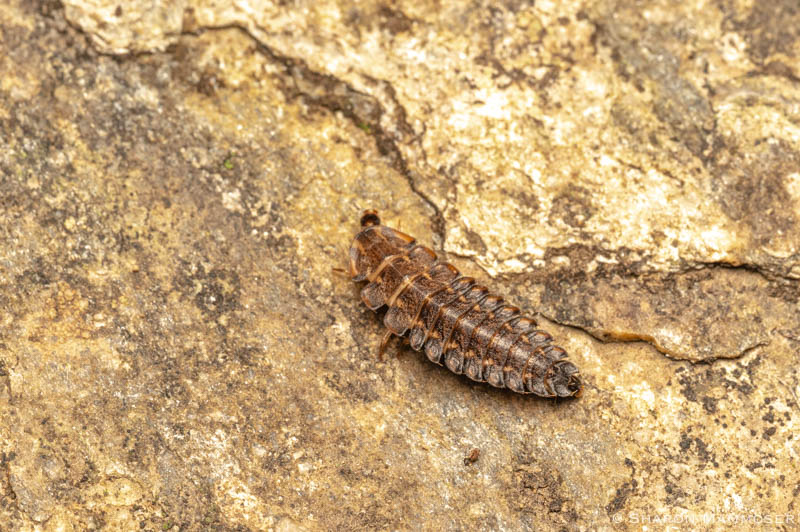
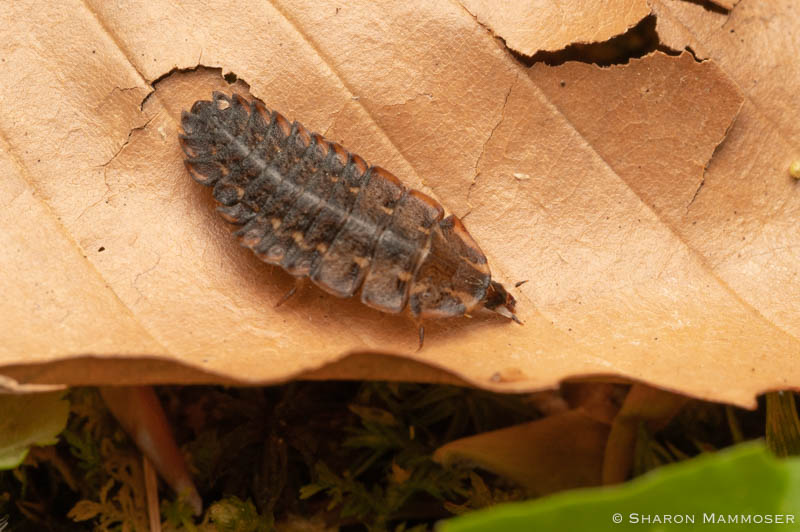
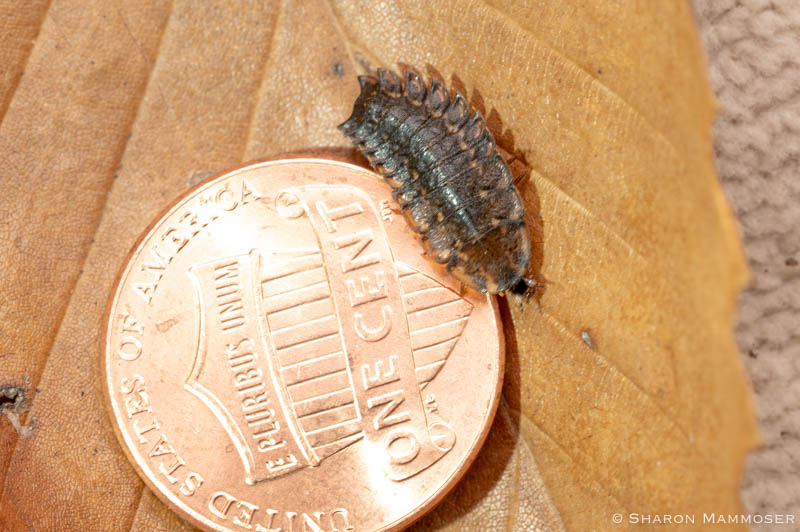
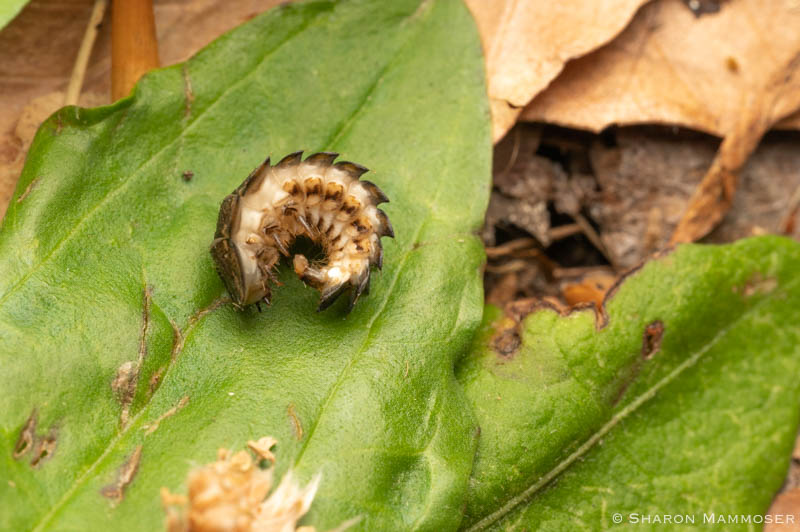
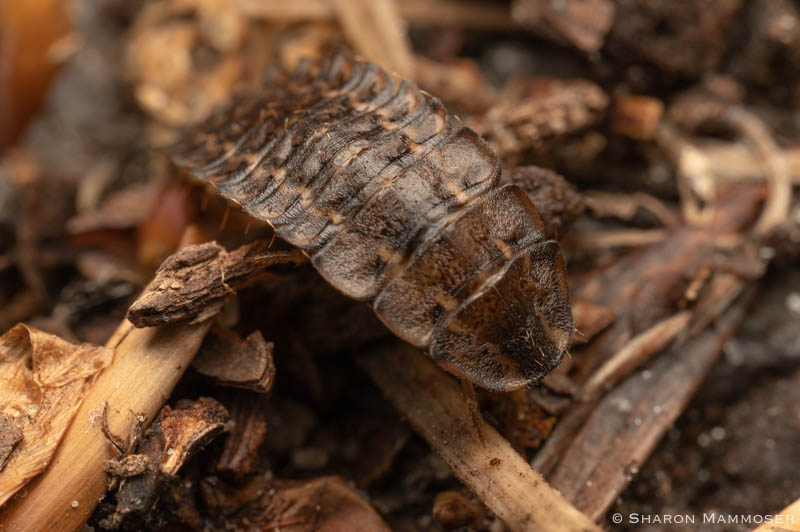
Firefly larvae spend one to three years as larvae before becoming adults. And guess what? With a couple of exceptions, most species eat only when they are in this larval stage, acquiring all of the resources they need to sustain them through their short adult stage of life. Depending on the availability of resources they may get all that they need and become adults in one year, or, especially in the northern parts of their range where temperatures are cooler and summer is shorter, they may take three years before transforming into adults. As adults they only live a few weeks.
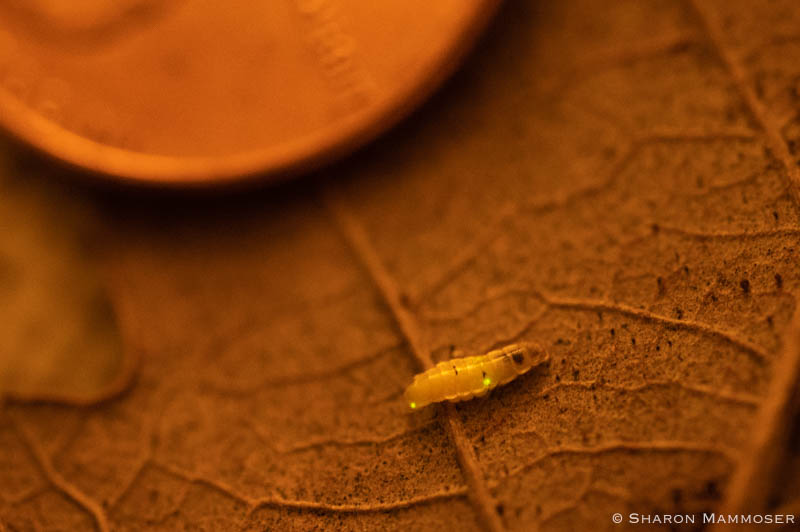
This will likely surprise most people– firefly larvae are voracious carnivores! They have a neurotoxin in their saliva that paralyzes their prey, allowing them to feed on animals much larger than themselves. Favorite prey include earthworms, slugs and snails. Seems hard to believe right, especially after looking at some of the above photos and seeing the size of these larvae. Yet it is possible because of this toxic saliva. Sometimes multiple firefly larvae gang up and work on the same animal, such as an earthworm.
And then guess what they do? They eat and eat and eat and eat until they get so full they can’t even move! Literally, they become so stuffed that they lie on their backs, feet in the air, unable to even walk.
They must wait until some of the food is digested until they can move again. Gives new meaning to the phrase “I’m stuffed,” huh?
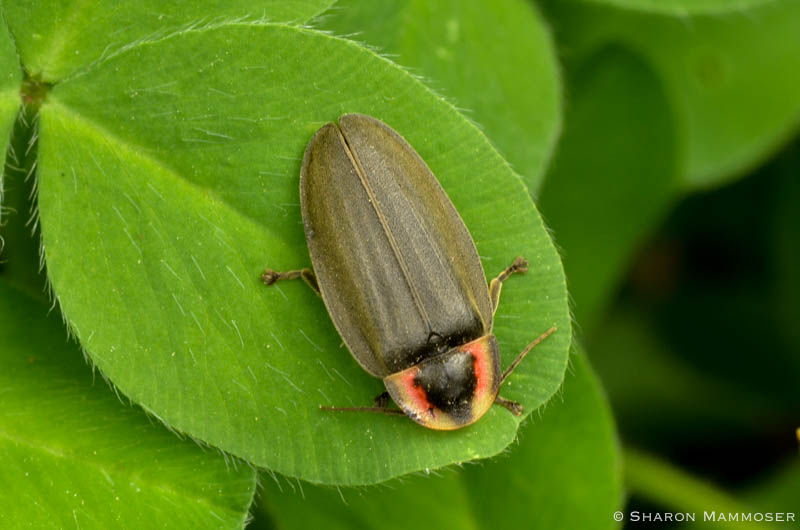
Another fact that will surprise folks is that in the larval stage, all fireflies glow, but as adults, only some glow, or are able to produce light. Some fireflies are called “dark” fireflies. These usually fly during the day and lack lanterns on their abdomen that other fireflies have. As larvae though, they all glow. But don’t expect to see their entire body glowing, as it’s not like that. Instead, on the underside of the firefly larvae are two small spots that glow and the firefly can turn these on or turn them off. As I was walking around for the past few nights looking for firefly larvae, I often saw the glow, moved closer, and then the light went out. Probably because that firefly larvae felt my vibrations and turned off in response. If I stood there and waited long enough (A true contest in who has more patience!) the lights would go back on.
Lastly, like caterpillars becoming butterflies, fireflies also go through complete metamorphosis. This means they start life as an egg, hatch into a larva, then become a pupa (a resting stage where things are rearranging in their bodies as they are preparing to have an adult form), then transform into adults. Each stage is radically different than the next-. Most firefly larvae don’t look much like the adults, though as is true of just about anything in nature, there are exceptions; some, like the blue ghost females, look just like the larvae as adults. Fireflies pupate in the soil in chambers they’ve created, in hollow trees, in fallen logs, in moss, or even nestled into the crevices of tree bark.
If you want to encourage fireflies to live in your yard, be sure and turn off any outdoor lights at night, and leave some leaves on the ground. Without moist leaf litter and darkness, fireflies have no chance.
I hope you enjoyed this post and that you learned something new. Did you know all of the photos on all of my posts are always mine? Many other bloggers get their photos from online somewhere, Flickr or other sites. Some of these they may have permission to use and some not. But all the photos you see on my posts were taken by me.
Oh, and one more thing! If you live locally here in western NC, you can still sign up for one of my blue ghost firefly programs. They start on May 15th. You can learn more here.

